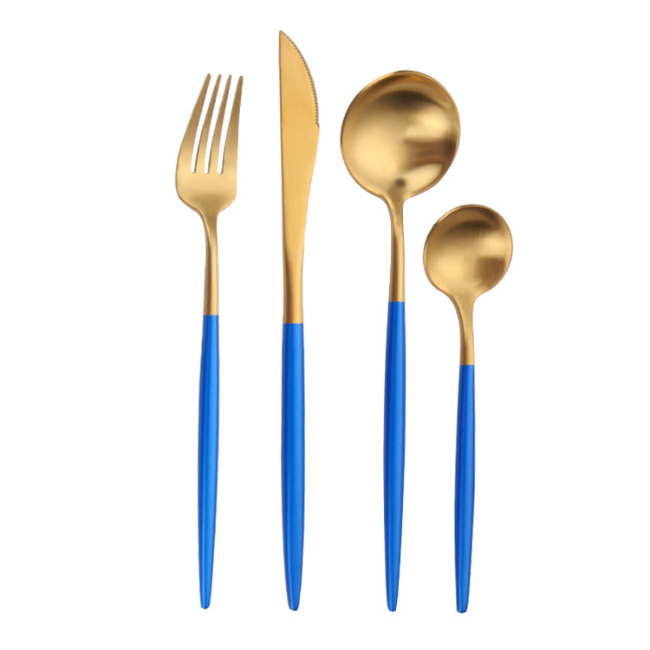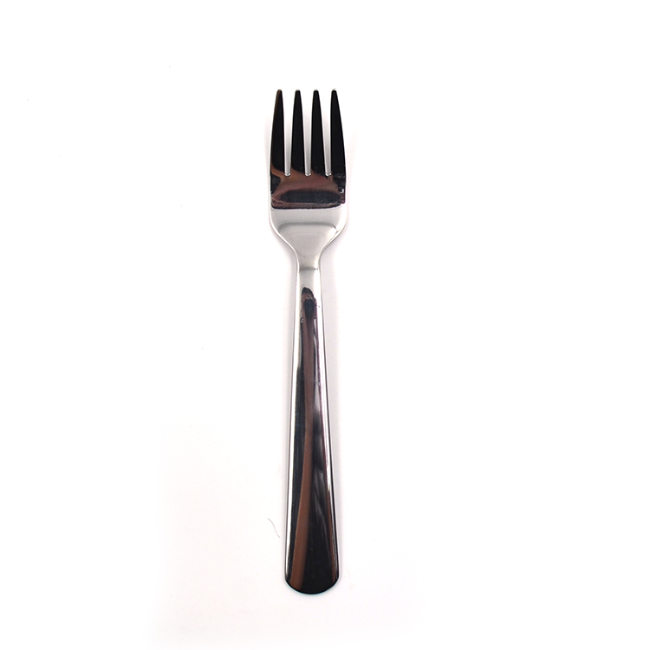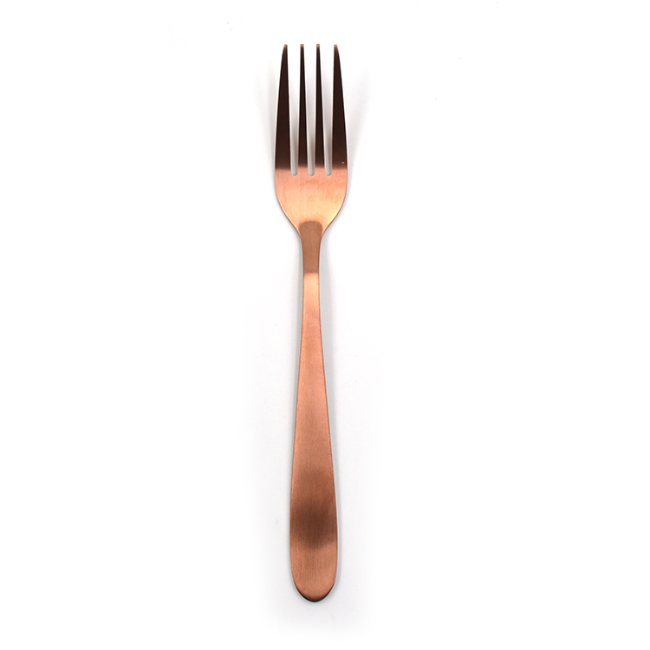
07 May
What Metal is Under Silver-Plated Flatware?
What Metal is Under Silver-Plated Flatwa...
What Metal is Under Silver-Plated Flatware?
When shopping for silver-plated flatware, you may wonder: What metal is under silver-plated flatware? While silver plating gives flatware a stunning finish, it’s the base metal underneath that plays a vital role in its durability and function. In this article, we will explore the most common metals used as bases for silver-plated flatware, including our Table Cecil Satin Flatware, and the process that gives these pieces their beautiful, tarnish-resistant surface.
1. The Silver-Plating Process Explained
Silver-plated flatware is created by applying a thin layer of silver over a base metal through a process known as electroplating. This method involves using electricity to bond a layer of silver onto a metal like stainless steel. The result is flatware that looks and feels like solid silver, but without the high cost or fragility associated with real silver.
2. Common Metals Used for Silver-Plated Flatware
So, what is the base metal used under silver-plated flatware? The most common base materials are stainless steel, copper, and nickel. However, the majority of high-quality silverware with colored handles and dinnerware sets use stainless steel due to its strength, resistance to corrosion, and long-lasting durability.
Our Table Cecil Satin Flatware, for instance, is crafted with a stainless steel core. This ensures that each piece is sturdy enough for daily use, while the silver plating provides a polished and elegant finish that is perfect for formal settings.
3. Why Stainless Steel is the Ideal Base for Silver-Plated Flatware
Stainless steel is the go-to material for most silver-plated flatware because of its many benefits. First, it’s resistant to rust and corrosion, which is essential for items exposed to food, moisture, and frequent washing. Second, stainless steel’s strength ensures that flatware like silver dinnerware sets won’t bend or break under pressure. When combined with silver plating, stainless steel creates a piece that is not only beautiful but also highly functional.
Additionally, stainless steel is hypoallergenic, making it a great option for those who have sensitivity to other metals. Its ability to resist tarnishing also means you won’t have to worry about frequent polishing, making maintenance easier.
4. The Role of Silver in Silver-Plated Flatware
Silver provides a luxurious and high-end appearance to silver-plated flatware. While it doesn’t contribute much to the structural integrity of the piece, silver’s beauty and luster are what make silver-plated flatware so desirable. The electroplating process ensures that the silver layer is uniform and durable, giving your flatware the shine and appeal of solid silver at a fraction of the cost.
5. Homefelt: Crafting Quality Silver-Plated Flatware
One manufacturer that excels in creating durable and aesthetically pleasing silver-plated flatware is Homefelt. Known for their attention to detail, Homefelt offers a variety of flatware options, including designs like our Table Cecil Satin Flatware, which combines the elegance of silver with the robustness of stainless steel. Homefelt’s commitment to craftsmanship ensures that their silver-plated flatware is built to last, while the silverware with colored handles adds a modern twist to classic designs.
6. Tips for Caring for Silver-Plated Flatware
To maintain the beauty of your silver-plated flatware, proper care is essential. Handwashing is generally recommended over using a dishwasher, as harsh detergents can tarnish the silver coating. Use a soft cloth or a specially designed polish to clean your flatware, and avoid abrasive materials that could scratch the surface.





